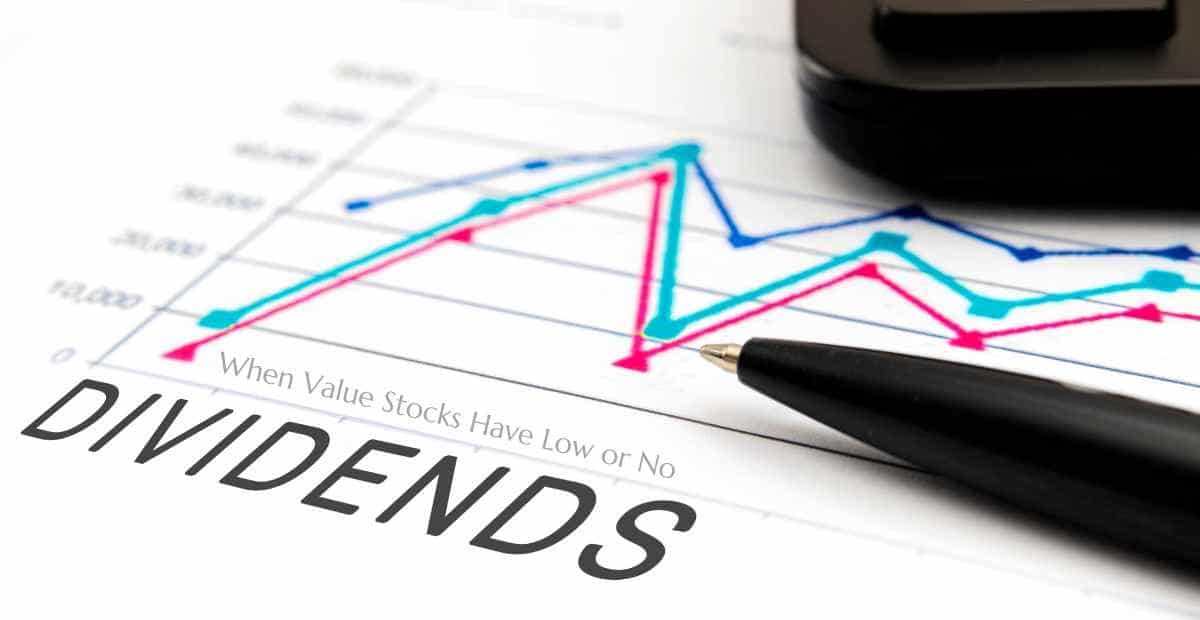When investors look for value stocks, they often seek companies trading below their intrinsic value with strong fundamentals. A common question among investors is whether these value stocks also offer high dividend yields. The relationship between value stocks and dividends is intricate, shaped by multiple financial and economic factors.
What Are Value Stocks?
Value stocks are shares of companies that appear undervalued based on fundamental metrics like price-to-earnings (P/E) ratio, price-to-book (P/B) ratio, and dividend yield. These companies may have temporarily fallen out of favor with investors due to market conditions, yet they maintain strong financials and revenue streams.
Understanding Dividend Yields in Value Stocks
Dividend yield is a critical factor for income-seeking investors. Many value stocks tend to offer high dividends, but not all do. Companies that distribute dividends typically generate stable cash flows and have a history of consistent earnings. However, some value stocks may focus on reinvesting their profits rather than distributing them as dividends.
Why Do Some Value Stocks Offer High Dividends?

1.Stable Cash Flow and Profitability
Many value stocks belong to mature industries like utilities, consumer staples, and financials, where growth is steady but not exponential. These companies reward investors with high dividends because they do not require excessive capital expenditures for expansion.
2.Attracting Investors
When a stock is perceived as undervalued, offering a high dividend yield can attract investors, boosting demand and price appreciation.
3.Strong Balance Sheets
Many value companies maintain low debt levels and strong free cash flows, allowing them to consistently pay dividends even during economic downturns.
Examples of High-Dividend Value Stocks
Some well-known value stocks with attractive dividend yields include:
• Johnson & Johnson (JNJ) – A strong dividend-paying stock in the healthcare sector.
• Procter & Gamble (PG) – A consumer staples company with a long dividend-paying history.
• Verizon Communications (VZ) – A telecommunications giant known for its high dividend yield.
• Coca-Cola (KO) – A classic example of a dividend aristocrat with a stable payout.
When Value Stocks Have Low or No Dividends
Not all value stocks pay dividends. Here are some reasons why a value stock may offer little or no dividends:

• Reinvestment Strategy – Some undervalued companies prefer reinvesting profits into growth initiatives rather than distributing dividends.
• Debt Obligations – Companies with high debt burdens may prioritize paying down liabilities over dividends.
• Cyclical or Turnaround Companies – Some value stocks belong to industries undergoing restructuring, making dividend payments unsustainable.
Value vs. Growth Stocks: Dividend Comparison
Compared to growth stocks, which prioritize reinvestment over dividends, value stocks tend to offer higher payouts. Growth stocks, often in sectors like technology and biotech, focus on rapid expansion, leaving little room for dividends.
How to Identify High-Dividend Value Stocks
For investors seeking value stocks with high dividends, consider the following metrics:
• Dividend Yield (%) – Indicates how much a company returns in dividends relative to its stock price.
• Payout Ratio – The percentage of earnings paid as dividends; a sustainable ratio is generally below 60%.
• Dividend Growth History – Companies with a history of increasing dividends signal financial stability.
• Free Cash Flow (FCF) – A strong FCF ensures the ability to pay dividends consistently.
Risks of Investing in High-Dividend Value Stocks
While high-dividend value stocks can provide stable income, they come with potential risks:
• Dividend Cuts – If a company’s earnings decline, it may reduce or suspend dividends.
• Interest Rate Sensitivity – Higher interest rates can make dividend stocks less attractive compared to bonds.
• Sector-Specific Risks – Industries like energy or telecommunications may face regulatory or economic challenges impacting dividend stability.
Final Thoughts
Value stocks and high dividends often go hand in hand, but not always. Investors should assess individual companies’ financials, dividend policies, and industry trends before making investment decisions. A balanced approach combining fundamental analysis and diversification can help maximize returns while mitigating risks.

Drew Blankenship is a cryptocurrency investor, family man, father and lifelong automotive enthusiast. He lives in North Carolina with his wife, daughter and their dog Enzo.

